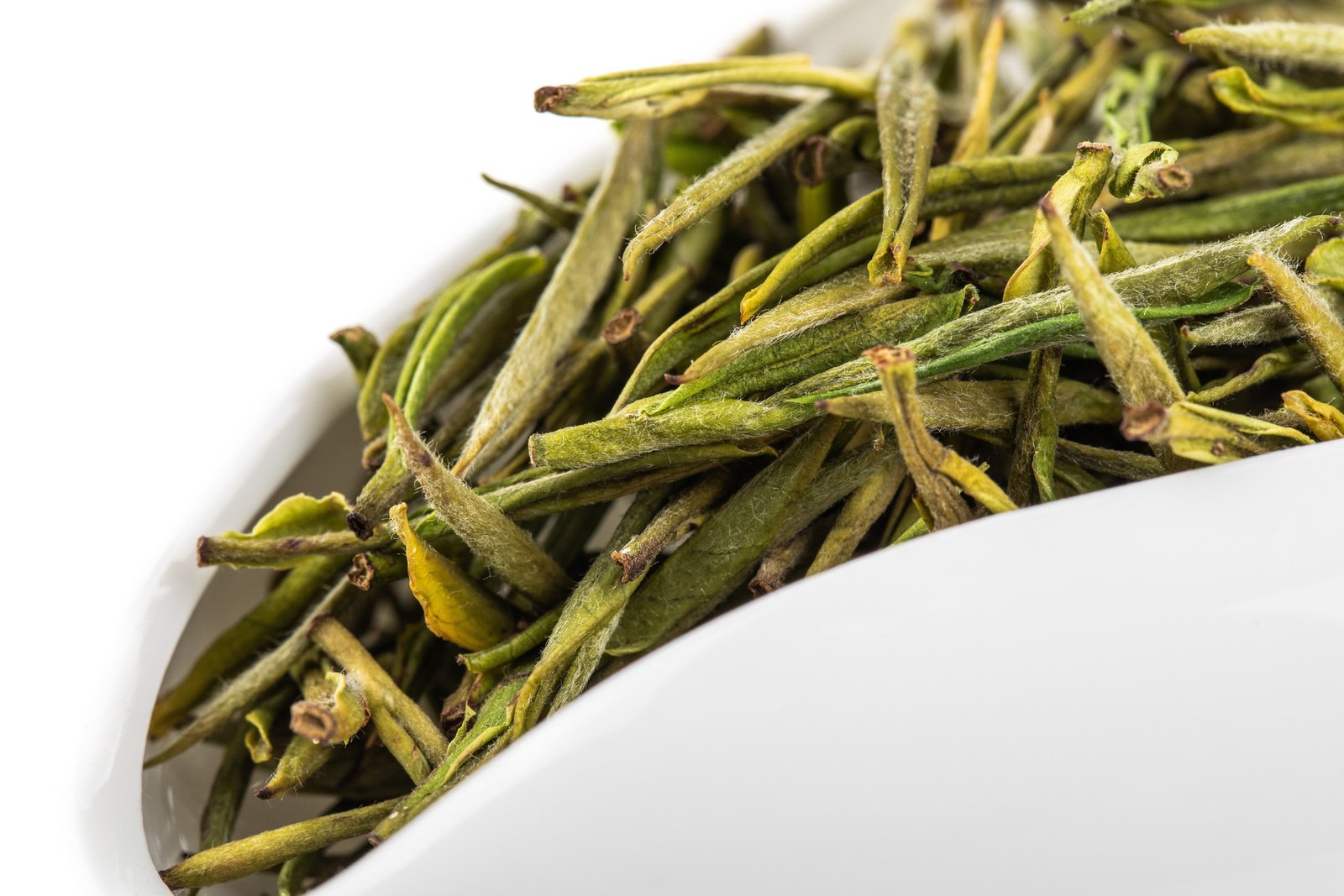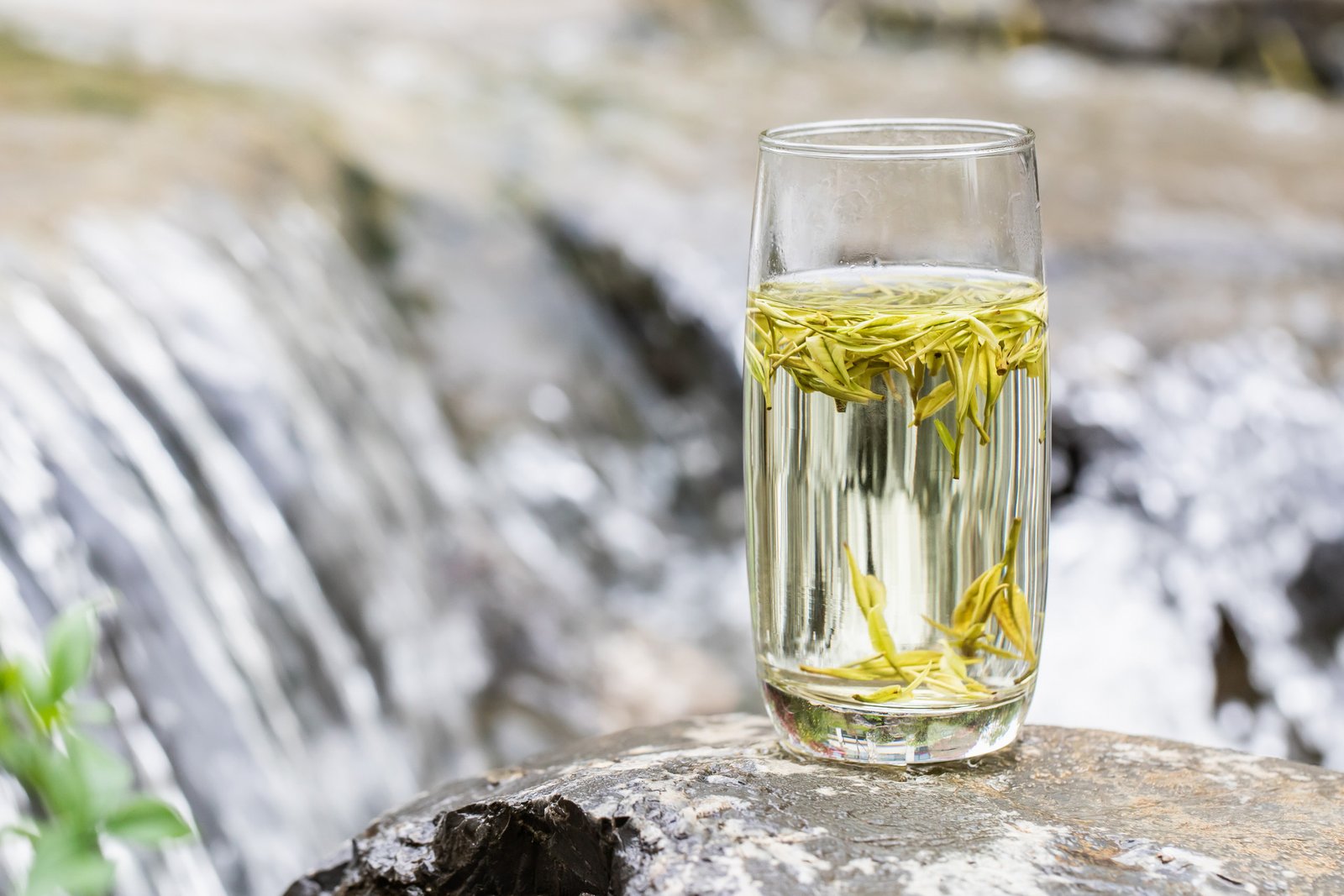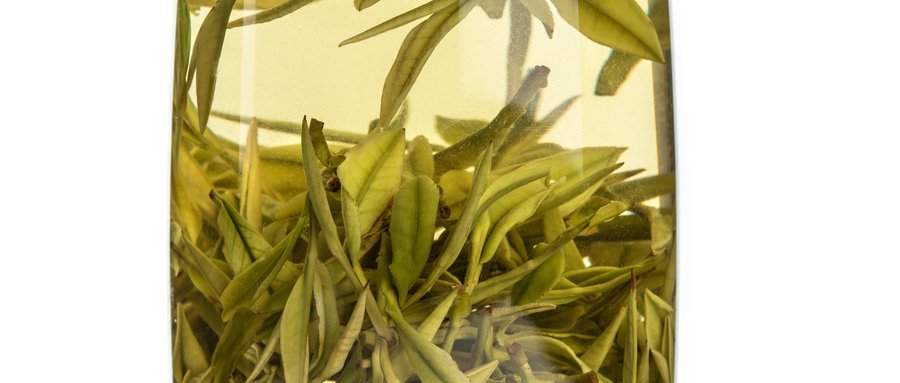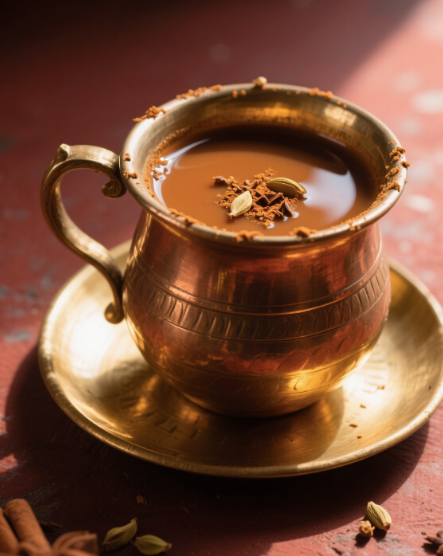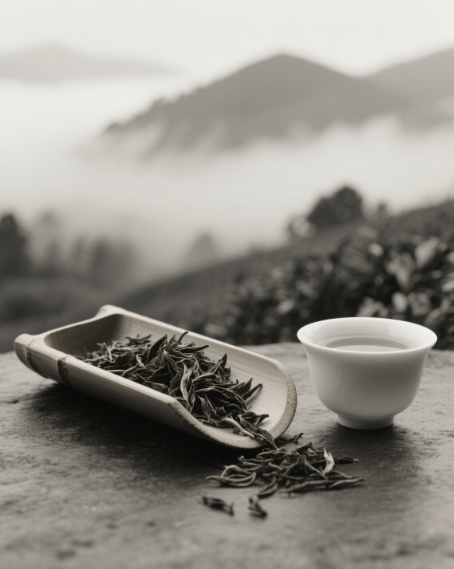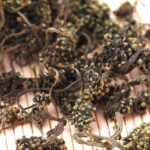
GINSENG FLOWER TEA
August 26, 2025
ASSAM BLACK TEA
August 26, 2025ORCHID TEA
$198.80
Emerging from the lush, mist – swathed landscapes of Anhui’s Dabie Mountains and parts of southern China, this elegant tea variety is deeply rooted in a region renowned for its rich tea – making heritage and remarkable terroir. The tea gardens, nestled amidst the rolling hills at elevations spanning from 300 to 800 meters, are embraced by a subtropical monsoon climate. Abundant rainfall, with an annual average of 1200 – 1600 millimeters, nurtures the soil, while the distinct four – season cycle, featuring average temperatures of 15 – 20°C, crafts an ideal micro – climate for the tender tea bushes to prosper. The soil, a fertile, slightly acidic loam teeming with organic matter, serves as the perfect foundation for the growth of the tea plants used in crafting orchid tea.
Exceptional Flavor Profile
Savor the tea’s delicate, captivating essence: a fresh, grassy base with notes of newly sprouted bamboo and tender spring greens, harmoniously balanced by a sweet, alluring floral aroma that is strikingly similar to the fragrance of orchid blossoms. The initial sip presents a smooth, gentle taste—evocative of a dewy morning in a secluded orchid – filled valley—accompanied by a subtle astringency that rapidly fades into a lingering, sweet finish. A unique “lan hua yun” (orchid charm) lingers on the palate, a characteristic that is both calming and revitalizing, rendering each sip a novel exploration. The liquor shimmers with a pale, jade – green hue, its texture light and refined, carrying the essence of the idyllic tea – growing regions in every drop.
Artisanal Craftsmanship
Harvested in the early spring, typically around the Qingming Festival, when the first tender shoots of the tea plants reach the optimal stage of maturity, local tea pickers rise before dawn. They painstakingly pluck only the finest one – bud – one – leaf or one – bud – two – leaf shoots, ensuring that each piece is of the highest quality. The fresh leaves are then carefully carried down the mountain in bamboo baskets to the processing workshops. Here, they first undergo a withering process, which might involve a combination of sun – withering and indoor – withering. Sun – withering, usually carried out in the early morning when the sunlight is gentle, allows the leaves to lose approximately 5 – 8% of their moisture content, enhancing the activity of various enzymes within the leaves in preparation for the subsequent steps. This is followed by a crucial stage of where the leaves are quickly heated, either in a hot pan or through steam, at a temperature of around 180 – 220°C for about 1 – 2 minutes. This halts enzymatic activity and locks in the tea’s fresh green color.
After the leaves enter a gentle rolling and shaping process, which helps to release the tea’s natural oils and form its characteristic shape. Skilled tea – makers use their hands to carefully roll and twist the leaves, gradually shaping them into a slightly curved or straight form. For some varieties of orchid tea, an additional step of “flower – scenting” is involved. Freshly picked orchid flowers, carefully selected for their peak fragrance, are layered with the tea leaves. The flowers and tea are then placed in a sealed container, allowing the tea to absorb the orchid’s sweet aroma over a period of several hours to a few days. This process, repeated multiple times with fresh flowers, imparts the tea with its distinct orchid fragrance. Finally, the tea is dried at a low temperature, typically around 60 – 80°C, until it reaches the perfect dryness, locking in its rich, complex aroma. This meticulous process, passed down through generations of skilled tea – makers, results in a tea that is both rich in flavor and full of character.
Classification
Orchid tea can be classified into several types based on its processing methods and the variety of tea leaves used:
- Green Orchid Tea: This is the most common type, made from unfermented tea leaves. It retains the fresh, green color and grassy flavor of the tea leaves, with a prominent orchid aroma. The liquor is light green, and the taste is refreshing and slightly sweet, appealing to those who prefer a more delicate and fresh – tasting tea.
- Oolong Orchid Tea: Made from semi – fermented tea leaves, oolong orchid tea combines the characteristics of green tea and black tea. It has a more complex flavor profile, with a balance of floral, fruity, and roasted notes. The fermentation process gives the tea a deeper color, usually ranging from light brown to dark brown, and a more robust, full – bodied taste. The orchid aroma in oolong orchid tea is often more integrated with the tea’s natural flavor, creating a harmonious and long – lasting aftertaste.
- Black Orchid Tea: Produced from fully fermented tea leaves, black orchid tea has a rich, dark color and a more intense flavor. The fermentation process enhances the tea’s natural sweetness and gives it a smooth, mellow texture. The orchid aroma in black orchid tea adds a sweet, floral note to the otherwise robust and earthy flavor of the black tea, resulting in a unique and indulgent taste experience.
Health Benefits
Orchid tea is not only a delight to the taste buds but also offers several potential health benefits:
- Antioxidant Properties: Rich in polyphenols, especially catechins, orchid tea helps to combat free radicals in the body, reducing oxidative stress and potentially slowing down the aging process. The antioxidants in the tea may also help to protect cells from damage and reduce the risk of chronic diseases such as cancer, heart disease, and neurodegenerative disorders.
- Digestive Aid: It can aid digestion by stimulating the secretion of digestive enzymes, helping to break down food more efficiently. This can be particularly beneficial after a heavy meal, as it may help to relieve feelings of fullness and indigestion. The tea’s natural compounds may also have a soothing effect on the digestive tract, reducing inflammation and promoting a healthy gut microbiome.
- Immune System Support: The nutrients and antioxidants in orchid tea may help to boost the immune system, strengthening the body’s defenses against infections and diseases. Regular consumption of the tea may increase the production of immune cells and enhance their function, helping the body to better fight off harmful pathogens.
- Mental Clarity and Relaxation: The combination of caffeine and L – theanine in orchid tea can have a positive impact on mental health. Caffeine provides a mild stimulant effect, enhancing alertness and concentration, while L – theanine promotes relaxation and reduces stress and anxiety. Together, these compounds can help to improve mental clarity, focus, and mood, without the jittery side effects often associated with caffeine alone.
- Oral Health: The antibacterial properties of the tea may help to inhibit the growth of bacteria in the mouth, reducing the risk of dental caries, gum disease, and bad breath. Regular consumption of orchid tea may contribute to better oral hygiene and a healthier smile.
Brewing Guidelines
- Water Temperature: For green orchid tea, use water at around 80 – 85°C (176 – 185°F) to prevent over – extraction and preserve the tea’s fresh, delicate flavor. For oolong and black orchid tea, slightly higher temperatures, around 90 – 95°C (194 – 203°F), can be used to fully extract the flavors.
- Steep Time: Steep green orchid tea for about 2 – 3 minutes for the first infusion. Oolong and black orchid tea may require a slightly longer steep time, around 3 – 5 minutes. Subsequent infusions can be adjusted according to personal taste preferences, usually by increasing the steep time by 30 seconds to 1 minute each.
- Ratio: Use approximately 3 – 5 grams of dried tea leaves per 150 – 200 milliliters of water. This ratio can be adjusted according to personal taste, with more leaves resulting in a stronger, more concentrated flavor.
- Teapot Selection: Opt for a glass or porcelain teapot to showcase the tea’s beautiful color and shape. Porcelain teapots are also good at retaining heat and enhancing the tea’s flavor. For oolong orchid tea, a small, clay teapot can be a great choice, as it can add a certain warmth and smoothness to the taste.
Packaged in a sealed, air – tight container, preferably a tin or a ceramic jar, orchid tea can be stored in a cool, dry place away from direct sunlight and strong odors to preserve its freshness and flavor for an extended period. Let each sip transport you to the enchanting tea gardens of Anhui—where this exceptional tea captures the essence of centuries – old tea – making traditions, the bountiful gifts of nature, and the unwavering dedication of generations of tea – makers.
Category: GREEN TEA
Store
Price
Details
General Inquiries
There are no inquiries yet.

